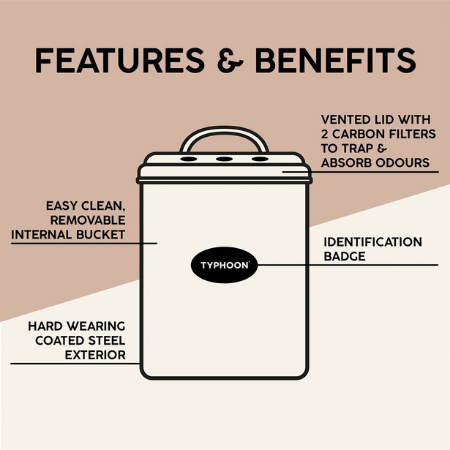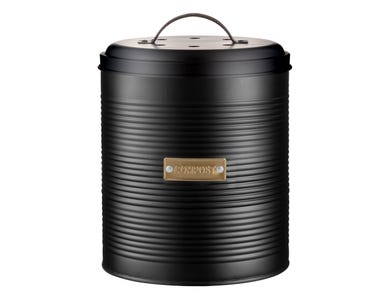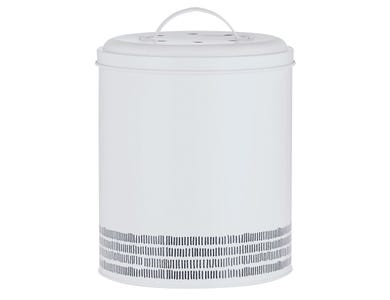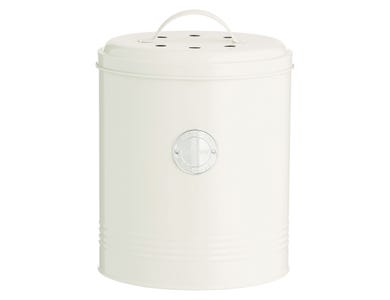

Composting is great for the environment as it helps reduce landfill waste and creates amazing nutrient rich soil perfect for helping plants grow. It is an easy and manageable process which will help make a huge difference to your plants, soil and the environment. Read on to discover how to compost, what you can and can't put in your compost caddy as well as some top composting tips.
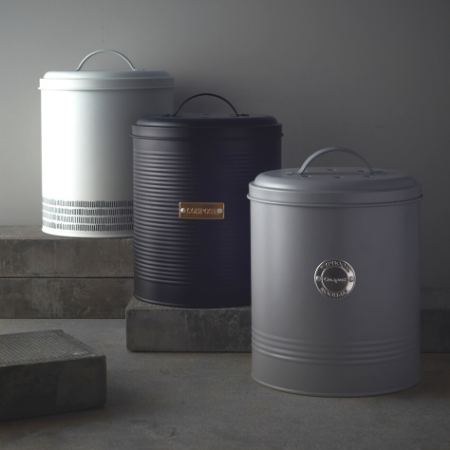

Composting is much easier than people think, just follow the few, simple steps below.
How to Compost
- Place your food scraps into a Typhoon Compost Caddy.
- When full, empty the contents onto your garden compost pile.
- Be sure to add garden waste too and keep your compost pile moist.
- The compost pile should ideally contain 50% food waste and 50% garden waste.
- Turn the heap with a garden tool to evenly distribute the heat that has been created.
- In as little as two months your compost will be ready to use.
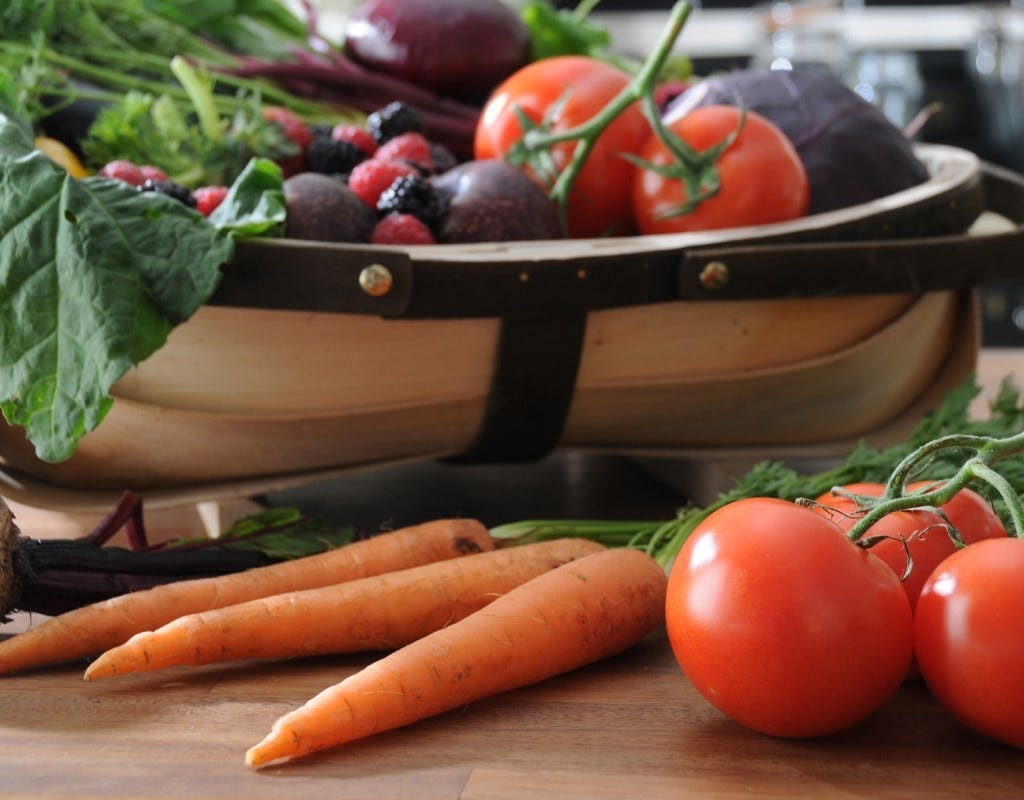

Compost piles need to be a mixture of roughly 50% green and 50% brown waste.
Green waste is quick to rot and provides important nitrogen and moisture.
Brown waste is slower to rot but provides fibre and carbon and also allows important air pockets to form in the mixture.
What can be composted? What can't be composted?
- Raw fruits (green) 1. Dairy products
- Vegetables (green) 2. Processed foods
- Egg shells (green) 3. Plastic
- Coffee grounds and filters (green) 4. Man made substances
- Teabags (green) 5. Metals
- Cardboard egg boxes (brown)
- Newspaper/ printed paper (brown)
Typhoon's Top Composting Tips
- Keep a Typhoon Compost Caddy on your kitchen worktop so that kitchen scraps can easily be placed inside. Smells and mess will be kept to a minimum, thanks to the vented lid and carbon filter! Once your caddy is full, simply tip it out onto the compost pile.
- Choose a partially sunny spot for your compost pile so that it doesn't dry out but gets some sunlight which will help to speed up the composting process.
- If you’ve had a dry spell for a while, water the pile to dampen it and then place some fresh soil on top of the scraps.
- Add grass clippings to your compost pile as they will add necessary nitrogen but make sure that you mix with the “brown” materials that add carbon. Both are necessary for quick decomposition and rich compost. Piles made up of just grass will compact, slow down and start to stink.
- Newspaper is excellent for composting – just remember to shred it first to speed up the process
- Soak finished compost in water to “brew” compost tea, a nutrient-rich liquid that can be used for foliar feeding or for watering plants in your garden, backyard, or houseplants.
- Compost is ready when it is a dark brown/ black colour and looks like soil. It will be found at the bottom of your pile.
- Apply finished compost to your garden about 2-4 weeks before you plant, giving the compost time to integrate and stabilize within the soil.
We have a great selection of Typhoon Compost Caddies so you can choose which best co-ordinates with your kitchen. Perfectly sized to keep on kitchen worktops, Typhoon's compost caddies are made from high quality durable steel and have an easy to clean, removable internal bucket. They also feature a vented lid with 2 carbon filters which trap and absorb odours, to keep contents smelling sweet.


